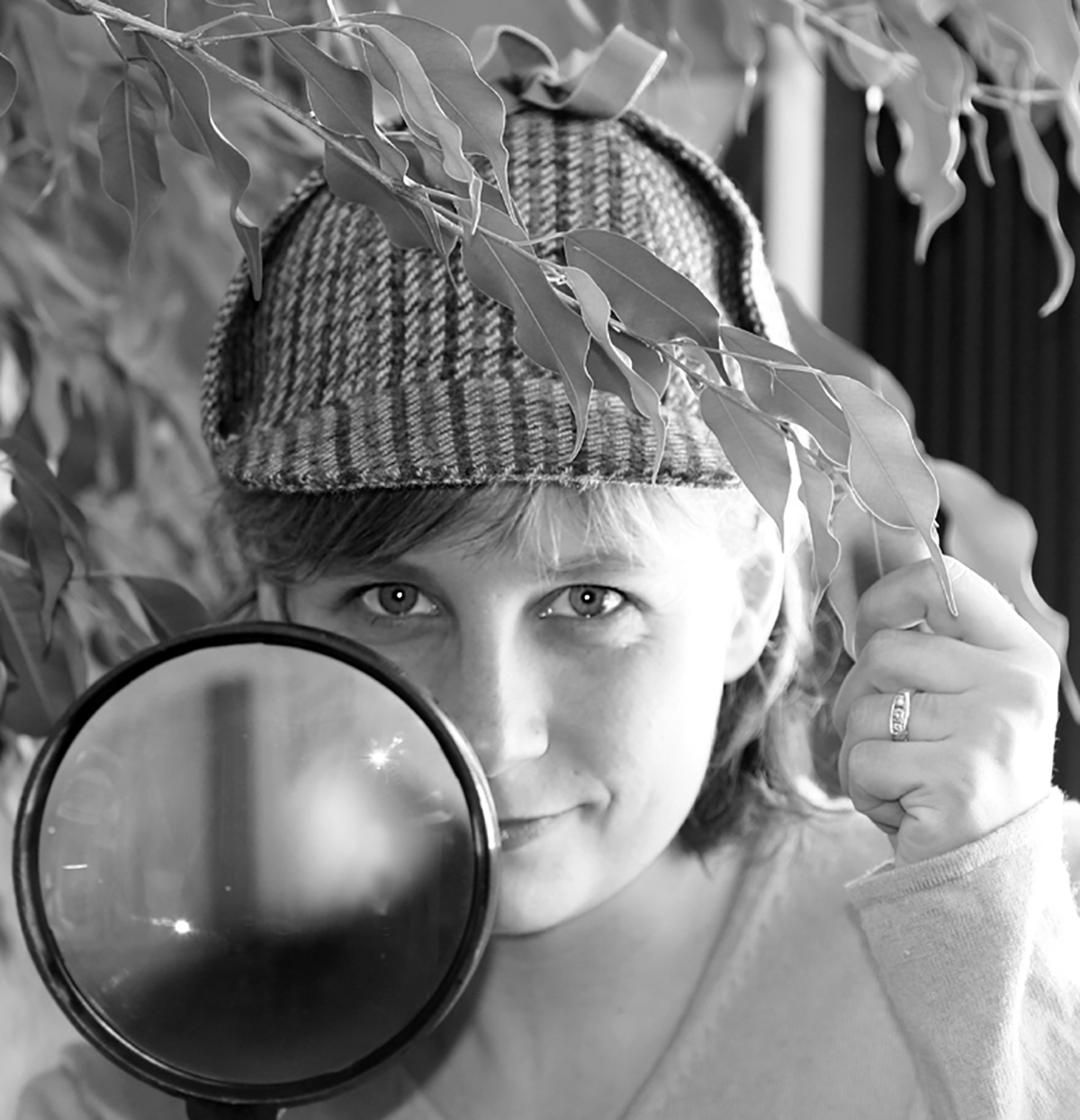It’s 10 a.m., and in a Parkdale café, Hal Niedzviecki is trying to get his one-and-a-half-year-old daughter, Elly, to stop climbing onto the table. It’s not the only kids’ table the pop-culture critic and new father has been spending time at recently.
For more than a decade, the thirty-six-year-old has been championing alternative voices, in the form of magazine and newspaper articles, TV and radio shows, and books. But his latest book, The Big Book of Pop Culture: A How-to Guide for Young Artists, is expressly designed with teens and pre-teens in mind. Part primer, part manual, the book covers everything from the evolution of pop culture to how to make a zine.
Niedzviecki doesn’t see any direct connection between his new book and his recent state of fatherhood, however. Instead, he says, The Big Book of Pop Culture is the natural progression of his work as a cultural activist.
“My book is a very modest attempt to fight the prevailing view of why people make culture in our society, which is for fame and fortune and to be on TV,” he says. “That’s a powerful ideology in our society, and something I think is a diseased idea of what culture is. Kids are the most vulnerable to this concept, and they get sucked into this world.”
Niedzviecki isn’t the only alternative voice with an eye on the next generation. Emily Pohl-Weary, the co-founder of the zine-turned-magazine Kiss Machine, has also been writing with a younger audience in mind recently. Last fall, she published her first book for young adults, Strange Times at Western High, the first in a series of misadventures following the spunky teenaged sleuth Natalie Fuentes.

Emily Pohl-Weary.
Like Niedzviecki, Pohl-Weary says the move to writing for children was a natural next step in her career. Fuentes was born when Annick Press—which also published The Big Book of Pop Culture—asked Pohl-Weary if she’d ever considered writing for a younger audience.
“Annick Press is a pretty special petri dish, in that they’ve encouraged me to cultivate an original, urban kind of girl hero who likes underground culture and back alleys more than the traditional teen-girl obsessions,” says Pohl-Weary.
While these indie writers may have grown up enough to start writing for kids, are the kids ready for them? “I don’t know about all of children’s literature, but it seems to me that the most popular books aimed at teen girls reflect the kinds of things we’re seeing on TV and at the movies: fashion-focused, boy-obsessed, high-school soap operas,” says Pohl-Weary. “A couple of reviewers have mentioned that it’s a relief to discover a smart, strong, sixteen-year-old girl who thinks for herself, and that makes me proud.”
Of course, if more kids start participating in independent culture, there is the possibility it might grow until it becomes the mainstream. In some sense, says Niedzviecki, that’s already happening through blogs and YouTube.
“For that trend to be meaningful in terms of people restating their relationship to culture, there has to be some intention behind it besides a desire to be noticed,” he says. “Young people can learn from indie culture creators of the past and present that there is history and philosophy behind self-expression, and those indie pop-culture creators who might resent the influx can learn that valid cultural expression isn’t rooted in outmoded concepts of ‘cool’ and ‘underground.’”
And while his daughter may yet be a little too young for tattoos and hair dye, Niedzviecki intends on letting her explore pop culture however she sees fit.